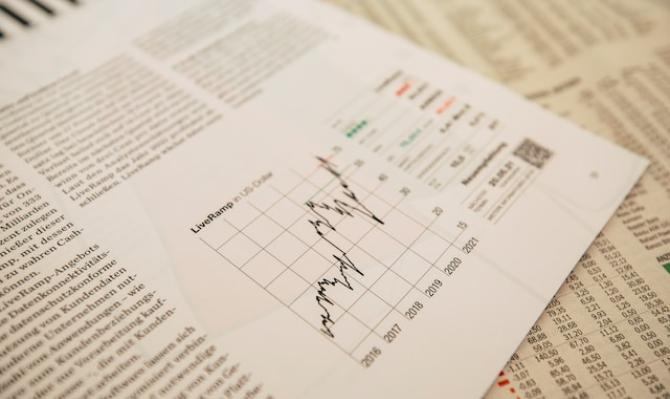
The rebound in Spanish households’ savings and the buoyancy of gross disposable income: what is going on?
The Spanish household savings rate has rebounded for the first time since the pandemic, thanks to a rise in gross disposable income and a fall in inflation, which has moderated the growth in nominal household spending.
In Q1 2023, there has been a change of trend in the savings rate of Spanish households. After peaking at 18.9% in Q1 20211 due to the drop in consumption during the now distant lockdowns, we witnessed how this rate fell steadily to 7.2% by the end of 2022 as the restrictions were lifted and inflation rallied. This downward trajectory in the savings rate was truncated in Q1 2023, with the cumulative savings rate for the past year climbing to 7.5%, well above the pre-pandemic average (6.7% on average in 2015-2019). The savings rate according to the static figure registered in Q1 of this year was the highest in a first quarter since 2004, excluding the exceptional years of the pandemic.2
- 1Savings as a percentage of disposable income in the trailing four quarters.
- 2If it is not seasonally adjusted, the savings rate in Q1 (static figure) tends to be low or negative due to the high consumption around Epiphany. In Q1 2023, gross savings amounted to 1.9 billion euros, well above the level traditionally registered in Q1 2015-2019, when it was negative.

What is behind this rebound in the savings rate? As we will see, there are two main factors that explain this shift: on the one hand, the rise in gross disposable income, which has been particularly notable for some segments of the population; on the other, the fall in inflation, which has naturally led to a moderation in the growth of nominal household expenditure.
Let us begin with the trend in disposable income – in other words, Spanish households’ income after taxes. This variable grew by a remarkable 10.1% year-on-year in Q1 2023 (statics figure), the highest growth rate since Q2 2001. The main factors driving this growth are: the growth in the volume of total wages (+7.8% year-on-year), reflecting the increase in employment and greater wage buoyancy,3 social benefits (+8.5% year-on-year, driven by the inflationary update to pensions), self-employed workers’ income and asset income thanks to increased dividend payments and other types of investment income. All this has offset the increase in net interest payments, which amounted to over 4.1 billion euros (up almost 1.8 billion versus the stagnant figure
for Q1 2022).
If we look at disposable income per household, it should be taken into account that in the last year, in net terms, 241,000 households were created (+1.3% year-on-year), largely due to migratory flows. Thus, income per household grew by 8.7% year-on-year in Q1, below the increase in aggregate disposable income (10.1%). If we look at the growth of disposable income per household in real terms, we see that the growth rate is just 3.5%.
- 3In Q1 2023, the increase in the number of full-time wage-earners was 2.6% year-on-year, representing a rise in remuneration per employee of over 4.0%.

In spite of the surge in nominal income, households’ disposable income in real terms over the cumulative period of the last four quarters is still 5% below pre-pandemic levels. Despite this, the moderation in inflation is allowing disposable income in real terms to recover lost ground and to gradually converge on pre-pandemic levels.
In contrast, household consumption has been losing steam: it rose by 7.4% year-on-year in Q1, well below the 11.6% registered for 2022 as a whole. The moderation of inflation, combined with the interest rate hikes, explain the weaker consumption. At the same time, expectations of a moderation in economic activity linked to the tightening of monetary policy may also be influencing households’ spending decisions.

Of course, although the savings rate has increased on aggregate, there are notable differences between households. Unsurprisingly, the year-on-year growth of the volume of total wages in Q1 (7.8% year-on-year) was very much in line with that of consumption (7.4%). In contrast, pensioners have seen their pensions increase by 8.5% year-on-year, while the rise in net asset incomes is likely to have benefited high-income households with a lower marginal propensity to consume.
For the year as a whole, we expect gross disposable income growth to be around 5.0%. On aggregate, this should allow household consumption in real terms to end the year at a level very similar to that of 2022, despite the challenging context marked by the rise in interest rates and still high inflation.





